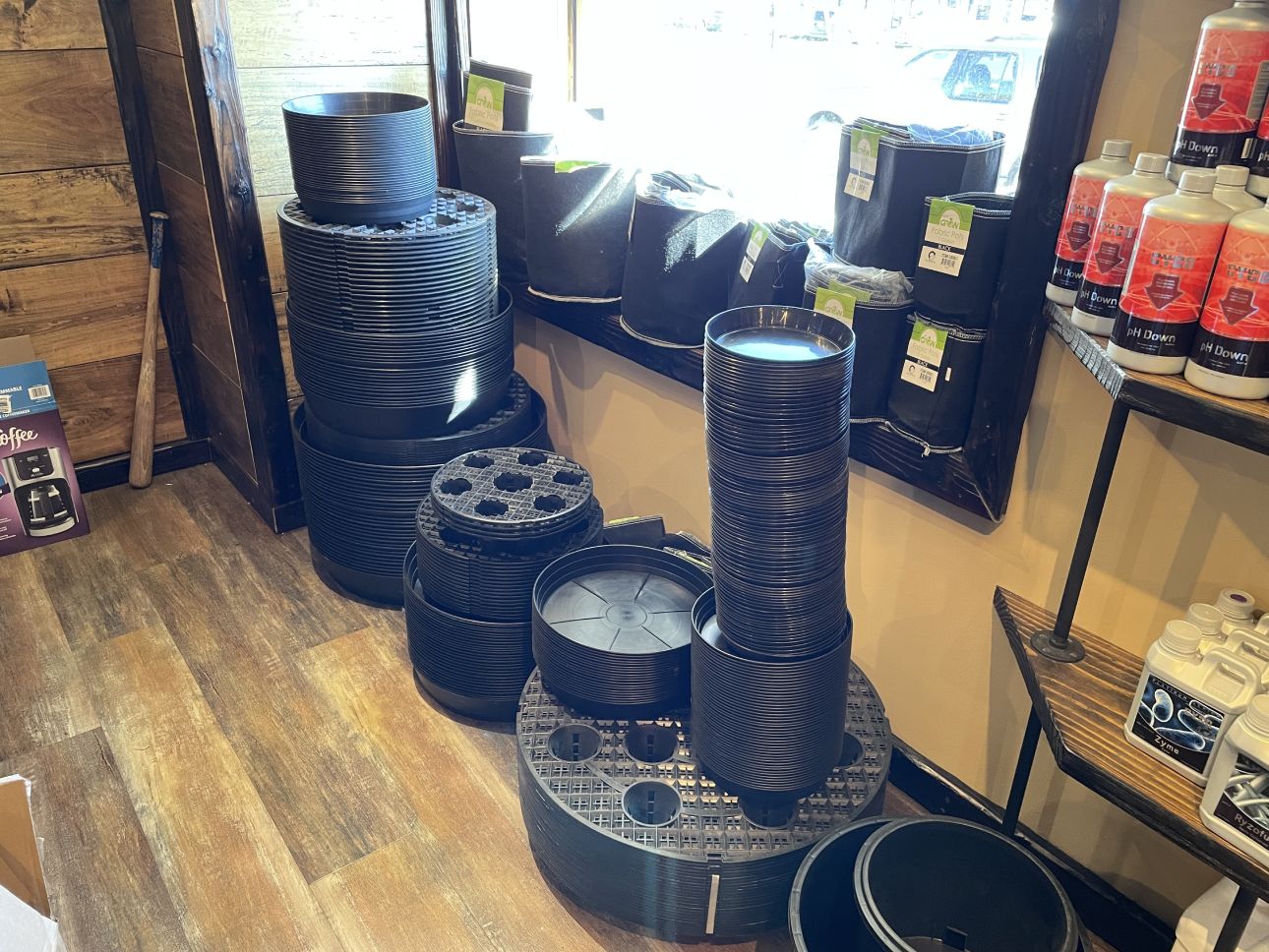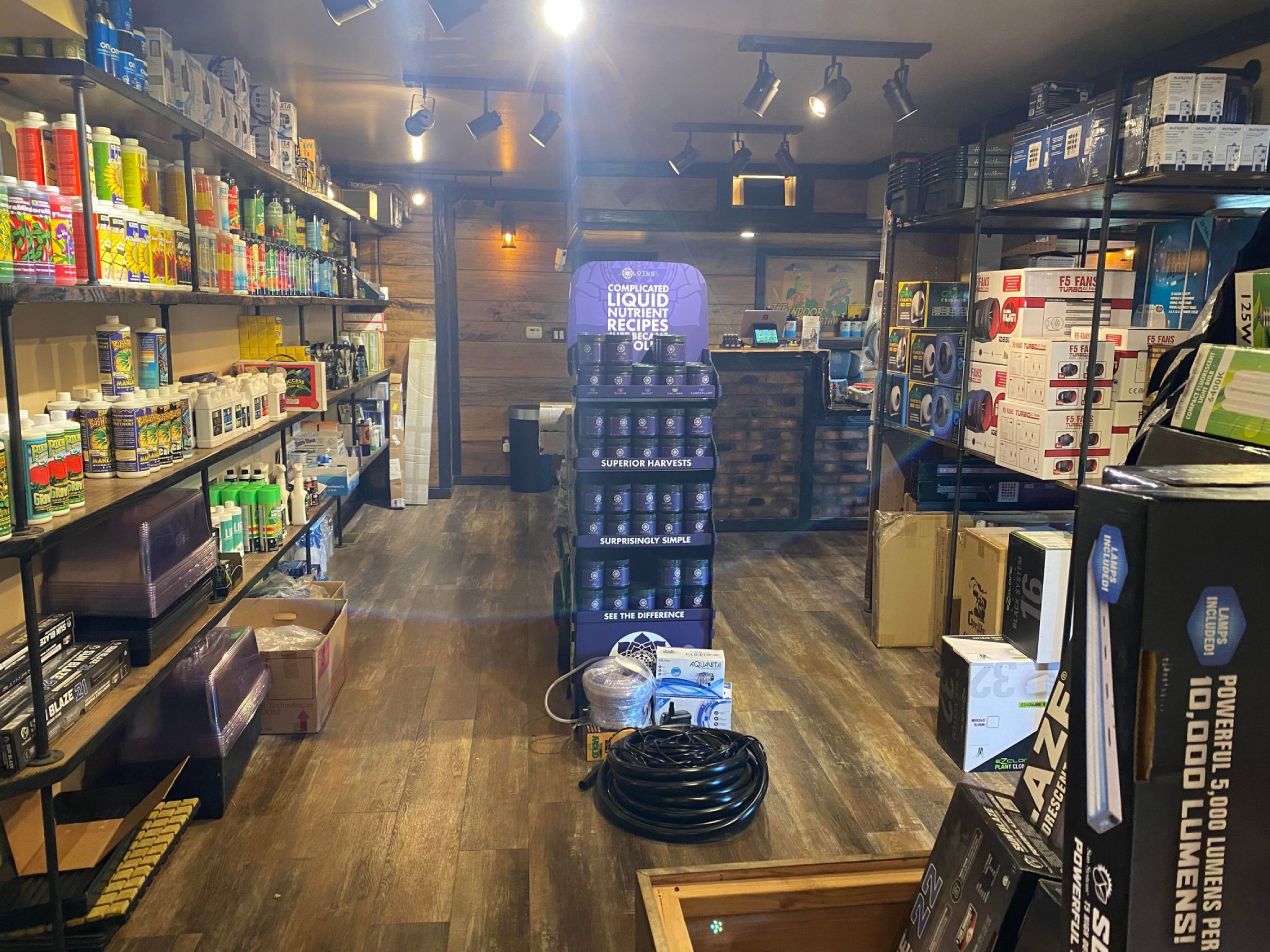The Indoor Earthworm: Your Service to Organic Waste Administration
The Indoor Earthworm: Your Service to Organic Waste Administration
Blog Article
The Ultimate Overview to Hydroponic Solutions and Techniques
In the globe of modern agriculture, hydroponic systems have actually emerged as a cutting-edge method for growing plants without dirt. As we uncover the ins and outs of hydroponics in this comprehensive guide, we will browse through the different kinds of systems, check out the crucial nutrients important for plant development, and dive into sophisticated strategies that can considerably boost yields.
Advantages of Hydroponic Solutions
Hydroponic systems provide a multitude of benefits, including effective resource application and accurate nutrient shipment to plants. By giving a controlled environment for plant development, hydroponic systems make it possible for optimal water and nutrient usage, resulting in higher yields compared to standard soil-based farming. This performance not just preserves sources but also minimizes waste, making hydroponic systems eco-friendly.
Moreover, the exact distribution of nutrients in hydroponic systems permits for customization based on the specific needs of each plant variety. This targeted method guarantees that plants get the right balance of important nutrients, promoting healthier development and decreasing the threat of nutrient deficiencies or discrepancies. Additionally, the ability to monitor and readjust nutrient levels in real-time maximizes plant productivity and total crop quality.
Additionally, hydroponic systems eliminate the demand for chemicals and herbicides, as the closed-loop system minimizes the threat of parasites and diseases that are commonly found in soil-based farming - The Indoor Earthworm. This not just benefits the plants and the atmosphere however also adds to creating cleaner, much healthier plants for usage
Kinds Of Hydroponic Setups

Nutrient Film Technique (NFT) makes use of a superficial stream of nutrient service flowing over the plant origins, supplying a continuous supply of nutrients. Drip systems involve trickling a nutrient option onto the plant origins, using exact control over feeding.
Each kind of hydroponic configuration has its advantages and is suited to various plant selections and growth stages. Comprehending the distinctive functions of these systems can help hydroponic farmers choose one of the most appropriate setup for their details requirements and choices.
Crucial Nutrients for Hydroponics
In hydroponic systems, plants depend on an exact balance of necessary nutrients to thrive and expand efficiently. These crucial nutrients are important for various plant functions such as photosynthesis, origin development, and total growth. The main macronutrients required by plants in hydroponic systems are phosphorus, potassium, and nitrogen. Nitrogen is important for leafed green development, phosphorus aids in origin growth and flower/fruit production, while potassium aids in general plant health and next page illness resistance.
In addition to macronutrients, plants likewise need additional nutrients like sulfur, calcium, and magnesium, as well as micronutrients such as iron, copper, zinc, and manganese (The Indoor Earthworm). These nutrients are essential for guaranteeing that plants have all the needed foundation to bring out important organic procedures

Advanced Methods for Optimum Yield
To achieve ideal returns in hydroponic systems, farmers can implement sophisticated methods that boost plant development and productivity. One such technique is making use of extra lights. By providing synthetic light sources such as LED or high-pressure salt lights, growers can extend the number of light hours plants receive every day, promoting faster growth and boosted returns. One more sophisticated strategy is the execution of carbon dioxide supplements. Raising the degrees of co2 in the expanding setting can boost photosynthesis and increase plant development dramatically. Additionally, employing techniques like plant training and pruning can assist enhance light circulation and air movement, guaranteeing that all components of the plant get appropriate light and nutrients. Furthermore, using automated systems for nutrient distribution and monitoring can assist preserve ideal nutrient levels, minimizing the danger of deficiencies or discrepancies that can hinder plant growth. By including these sophisticated other methods into their hydroponic systems, growers can make best use of returns and accomplish abundant harvests.
Troubleshooting Common Hydroponic Issues
When confronted with obstacles in hydroponic systems, growers often come across common problems that can prevent plant growth and efficiency. One prevalent issue is vitamins and mineral deficiencies, where plants do not have vital components for healthy advancement. To battle this, normal surveillance of nutrient levels and changing the nutrient remedy accordingly is vital. An additional common problem is pH inequality, which can lead to nutrient lockout and bad absorption. Keeping the appropriate pH variety details to the plant being grown is important for optimal nutrient uptake. Furthermore, poor oxygen degrees in the root zone can result in origin rot and stunted development. Guaranteeing appropriate oygenation and oxygenation of the nutrient service can aid stop this problem. Insect problems, such as aphids or crawler mites, can additionally afflict hydroponic systems. Implementing incorporated insect monitoring methods and frequently evaluating plants can assist manage and prevent invasions. By without delay identifying and attending to these usual hydroponic problems, farmers can maintain healthy plants and take full advantage of yields in their hydroponic systems.
Verdict
In conclusion, hydroponic systems use numerous advantages for growing plants successfully. With careful preparation and focus to detail, hydroponic systems can reinvent the means plants are cultivated, leading to even more effective and sustainable agricultural techniques.
By providing a controlled setting for plant growth, hydroponic systems allow ideal water and nutrient use, leading to higher yields contrasted to typical soil-based cultivation. The Indoor Earthworm. Nutrient Film Method (NFT) makes use of why not try this out a shallow stream of nutrient service streaming over the plant origins, giving a constant supply of nutrients. Tracking and changing nutrient levels based on plant growth stages is vital to preventing nutrition shortages or poisonings and making best use of plant productivity in hydroponic systems
Additionally, utilizing methods like plant training and trimming can assist enhance light circulation and air movement, making certain that all parts of the plant receive sufficient light and nutrients. Using automated systems for nutrient shipment and surveillance can aid maintain optimal nutrient levels, decreasing the danger of deficiencies or inequalities that can impede plant development.
Report this page